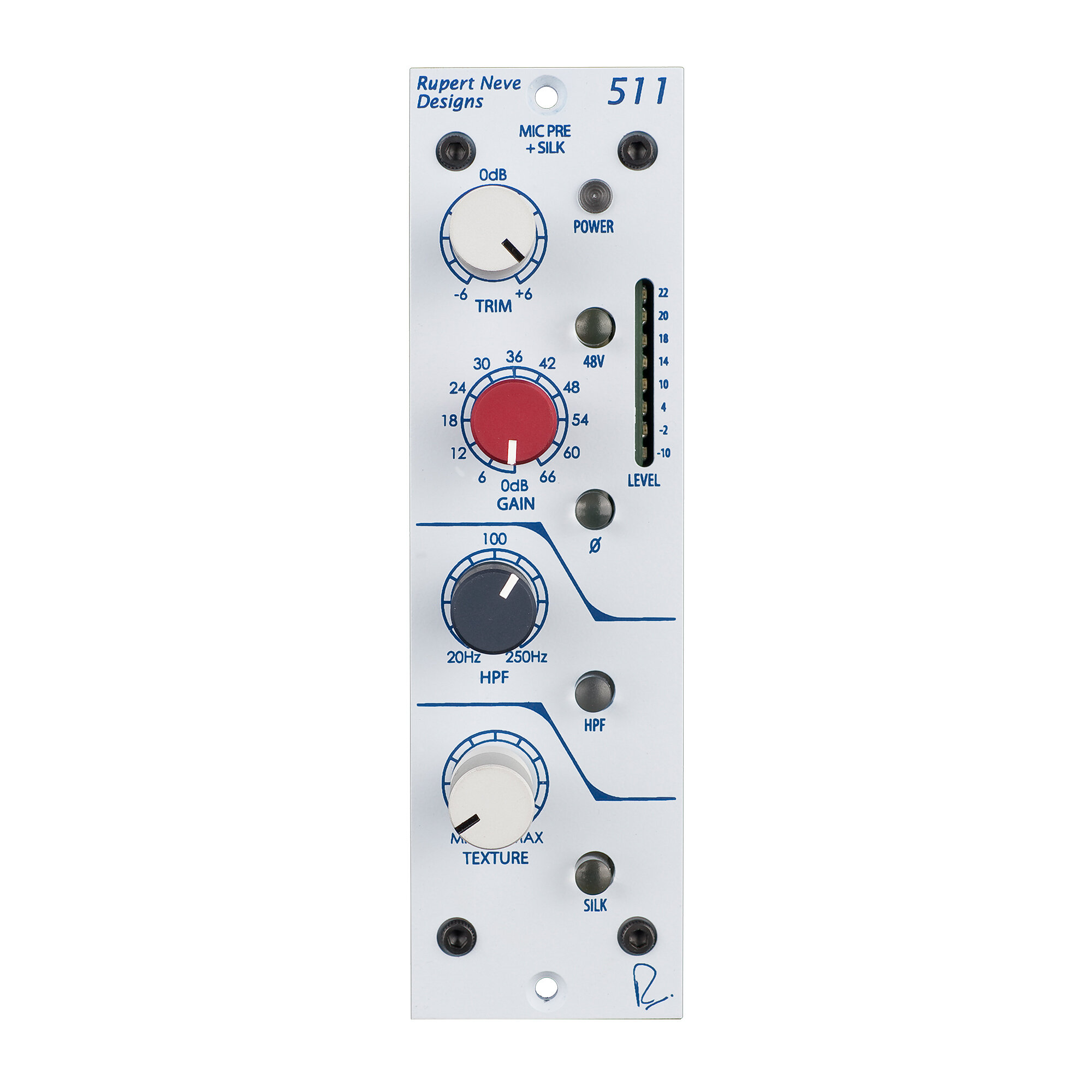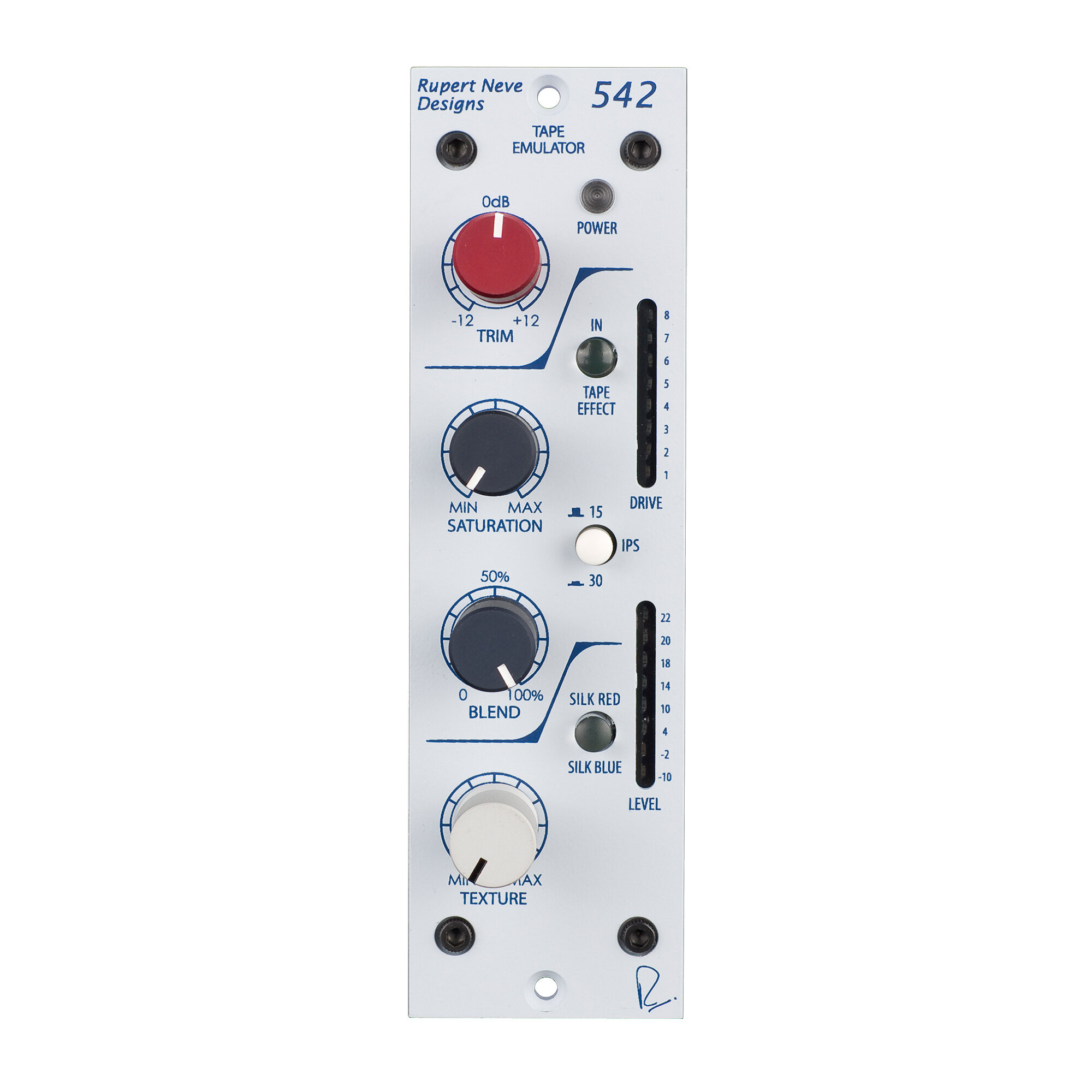Customer Spotlight: ESTUDIO BULO
Nacho de la Riego is a producer, mixer and mastering engineer based in Buenos Aires, Argentina. He started as an assistant at age 16, and opened ESTUDIO BULO at age 22. In the past 20 years he has been nominated for 8 Gardel awards and won twice, produced 15 records and over 400 singles, and recorded, mixed and mastered over 500 albums.
We noticed some great photos of his studio on Instagram, reached out, and he was kind enough to do an interview with us. Enjoy!
Thanks for speaking with us, Nacho! So how did you first hear about Rupert Neve Designs?
I have always been a fan of Rupert's work and legacy. So I knew right away that this new era was going to be something really remarkable. The company started releasing products at the same time my new studio was being built, so I decided to design my workflow around Rupert Neve Designs products.
Which pieces did you pick up first, and why?
The 5060 console came first. I knew from the beginning it was the right fit for me…and since my workflow was tailored around the 5060, it became the heart and soul of my studio. Then I got the Master Buss Processor, followed by the 542 Tape Emulators and the 511 preamps.
Prior to the 5060, what was your workflow like?
I used to have a monitor control unit and do hardware inserts straight into the I/O of my interface....and that lacked the speed, the flexibility and sound mojo that my current workflow has.
I use the 5060 as my centerpiece. It's not just a summing box for me. I use it when I record, when I mix and when I master. There's no single process in the studio where the console is not in use. The 5060 is my summing, my monitoring and colouring box all at once. The MBP never leaves the main insert in the 5060, and the 542s are usually inserted in a sub group or the stereo bus.
The 5060 makes my work and life easier. My mixes glue together in a way that’s hard to describe. I just love how effortless and musical the sound of it is.
How are you usually using your 542s? Individual tracks, mixes…?
I use them a lot on drums while recording. In the mixing process, they go straight onto the stereo bus for colouring and saturation. The blend knob makes them really easy to dial the right tone in those scenarios.
And how about the 511s?
They have a really flexible and easy to use operation. They are super reliable and are in all of my recordings. The high pass and Silk Red on the preamps are always on.
Do you use your Master Buss Processor primarily for mastering, or for mixing as well?
Both 100% of the time. In mixing for glue compression and in mastering for parallel compression. The stereo field editor is really addictive too.
All of your RND products have at least Silk Red, and most have both Red and Blue – when do you use each mode, and what does the Silk circuit do for your sound?
Nowadays I get a lot of ITB mixes. Silk Red really helps me to open up the brightness without using an EQ. It brings a lot of elements to life and opens up a 3D image that I love.
I use Silk Blue mostly in the 5060 in a more subtle way to round out the sound in final stages.
Thank you! Is there anything else you’d like to add?
The hybrid setup I have is outstanding. It gives me the flexibility I need with the warmth of sound I love, accomplishing the best of both worlds. I think it is a false dichotomy when people say "digital versus analog" – for me, it's both!
Nacho de la Riega
Producer & Sound Engineer
Estudio Bulo
www.nachodelariega.com









